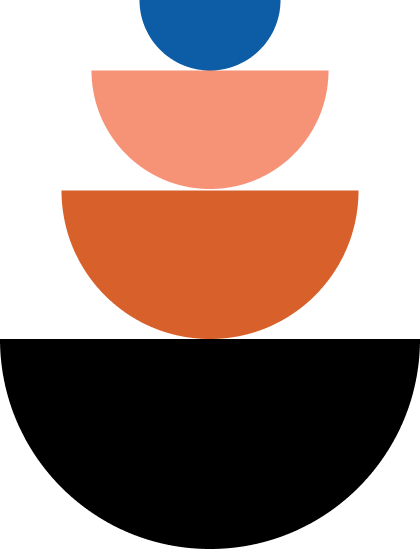UPDATE: See our updated definition of Base of the Economic Pyramid in India
Last year, Omidyar Network presented a very helpful report called Inclusive Innovation which referenced some recent statistics on the size of the BOP (the base of the economic pyramid) population in India.
India’s BOP represents 835 million people and $360 billion in disposable income

| SOURCE: McKinsey Global Institute; Global Insight; EIU |
The Indian government thinks many of these people aren’t poor
This analysis means that 2 out of 3 Indians live at this very low income level and are generally referred to by most people as “the poor” in India. The Indian government though generally refers to the country’s poverty line as much lower than this — in late 2011, they proposed poverty line starting at less than $0.65 per day of household income. This has created a lot of controversy as people above the government determined poverty line are not eligible for many government benefits and services.
Is the “under $2 per day” still an accurate number?
This analysis uses the same measure of “less than $2 per day” of household income popularized by the World Bank based on 1990 PPP (purchasing power parity). What’s helpful though is how they have presented what the equivalent of these income levels are in 2010 nominal US dollars. Essentially, you double the World Bank benchmarks to provide current measurements.
Note: it would be more accurate today to refer to BOP as “less than $4 per day” of household income.
More Resources: For a good explanation of a segmentation of BOP, read HBR’s The Globe: Segmenting the Base of the Pyramid

